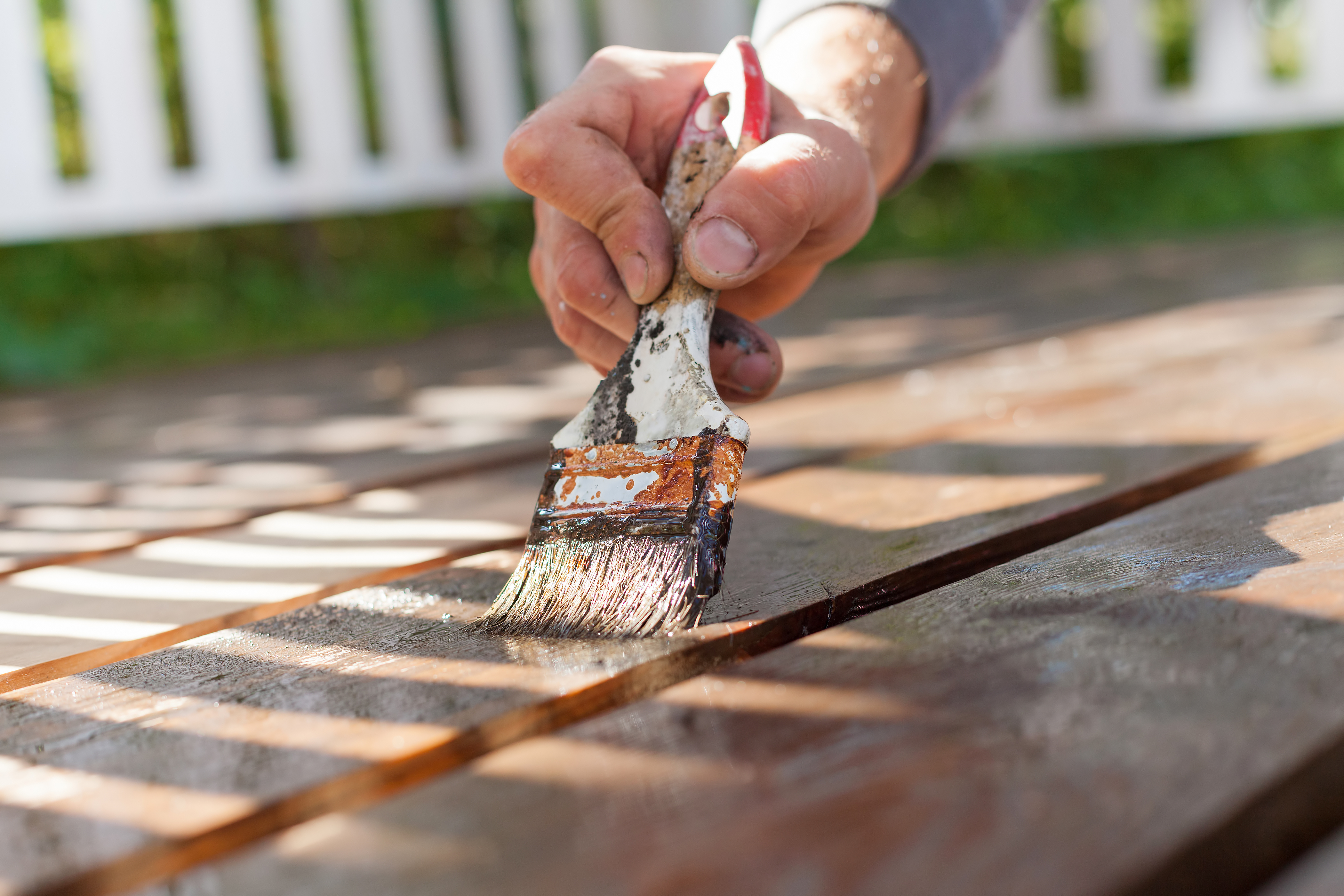Linseed Oil Can Be A Fire Hazard—What You Need To Know To Stay Safe

You’ve probably used linseed oil during a home DIY project this summer, perhaps to stain your deck, patio furniture or fence. It’s a natural substance extracted from flaxseed, but it’s also very dangerous. According to a recent article from ABC News, linseed oil can generate heat as it dries, meaning oil-soaked rags or papers can be a very serious fire hazard.
In an experiment, “Good Morning America” put some rags and newspaper that had been doused in linseed oil into a box—something your average homeowner might do after using the liquid. But GMA did it under the supervision of firefighters in Maryland. Two cameras watched two different boxes of linseed oil-soaked materials (one in a fire station, one outside) and waited as temperatures began to rise.
A thermal imager showed spots where the linseed oil had begun to heat up—from 87 degrees to a whopping 110 degrees in just an hour. The science behind this scary phenomenon? When linseed oil combines with air, the oxygen molecules cause a chemical reaction that creates heat. According to the article, if the linseed oil is on something flammable (like a rag you might use to clean your patio furniture), it can catch fire with no outside spark at as low as 120 degrees.
In an interview with “Good Morning America,” Chief Dennis Rubin of the Washington, D.C. Fire and EMS said, “Given the right atmosphere, the right amount of ventilation, it does self ignite. So that makes it extremely dangerous.”
Just two hours after the start of the experiment, the pile of rags and newspaper outside started to smolder and then quickly built into smoke. The box inside the fire station followed suit shortly afterwards.
An hour and ten minutes later, the rags suddenly burst into flame with no outside spark or help whatsoever.
This experiment is hugely important given the high temperatures experienced across the country and the ease with which oil-soaked materials can ignite. Linseed oil is actually responsible for the largest high-rise fire in US history, when the Meridian Plaza in Philadelphia burned for 19 hours in 1991. An investigation later showed that rags soaked in linseed oil had been left in a vacant office.
The moral of the story? Linseed oil in a can is perfectly fine (so long as you keep it away from heat and flames like any oil or gas). “Balled up rags and other debris” are the real problem, according to ABC News, due to concentrations of oil that can heat up and provide fuel for a potential fire.
Manufacturers recommend putting objects soaked with the oil in a metal can full of water that has a lid you can seal tightly. The can must then be taken to your local hazardous waste site for disposal.





